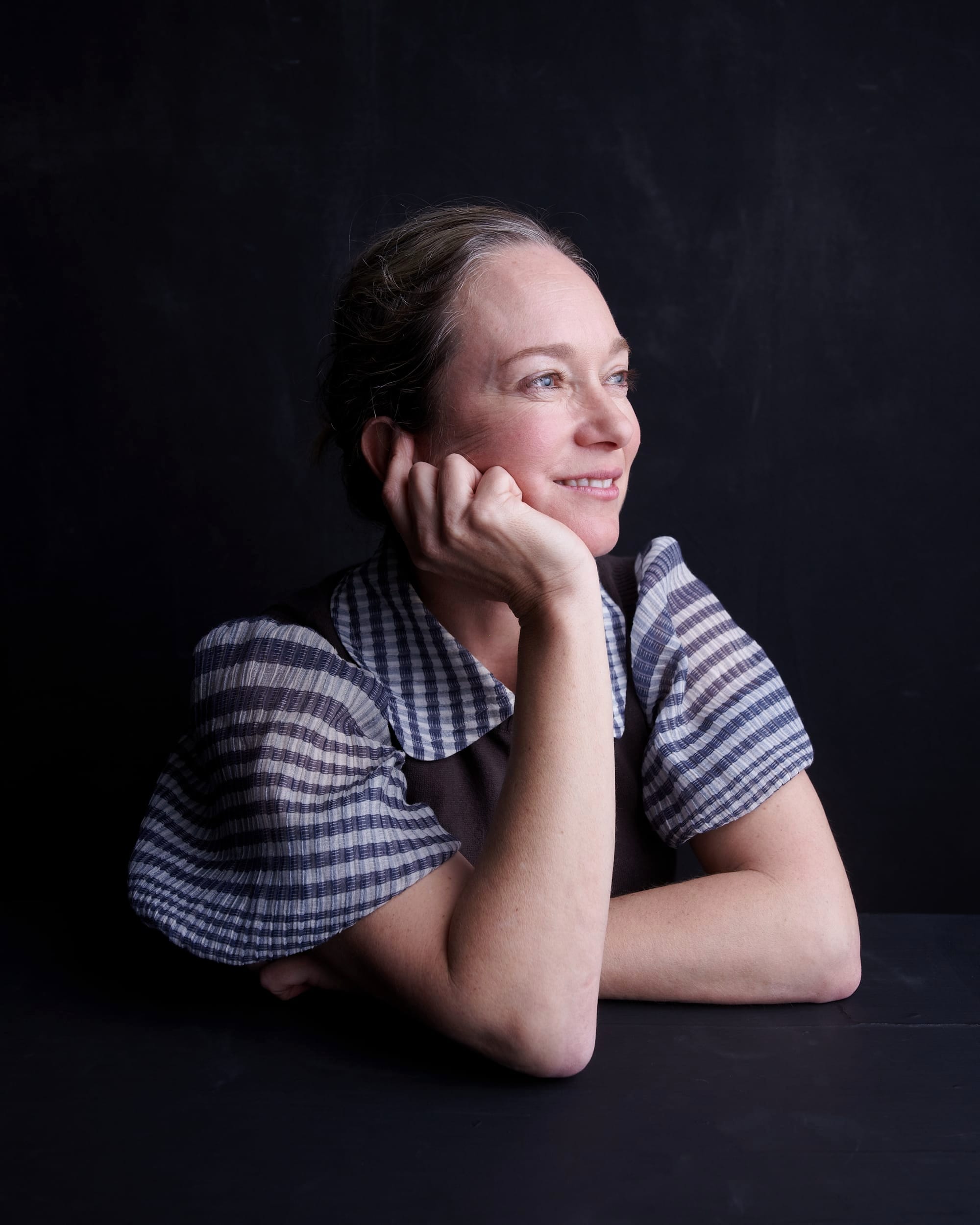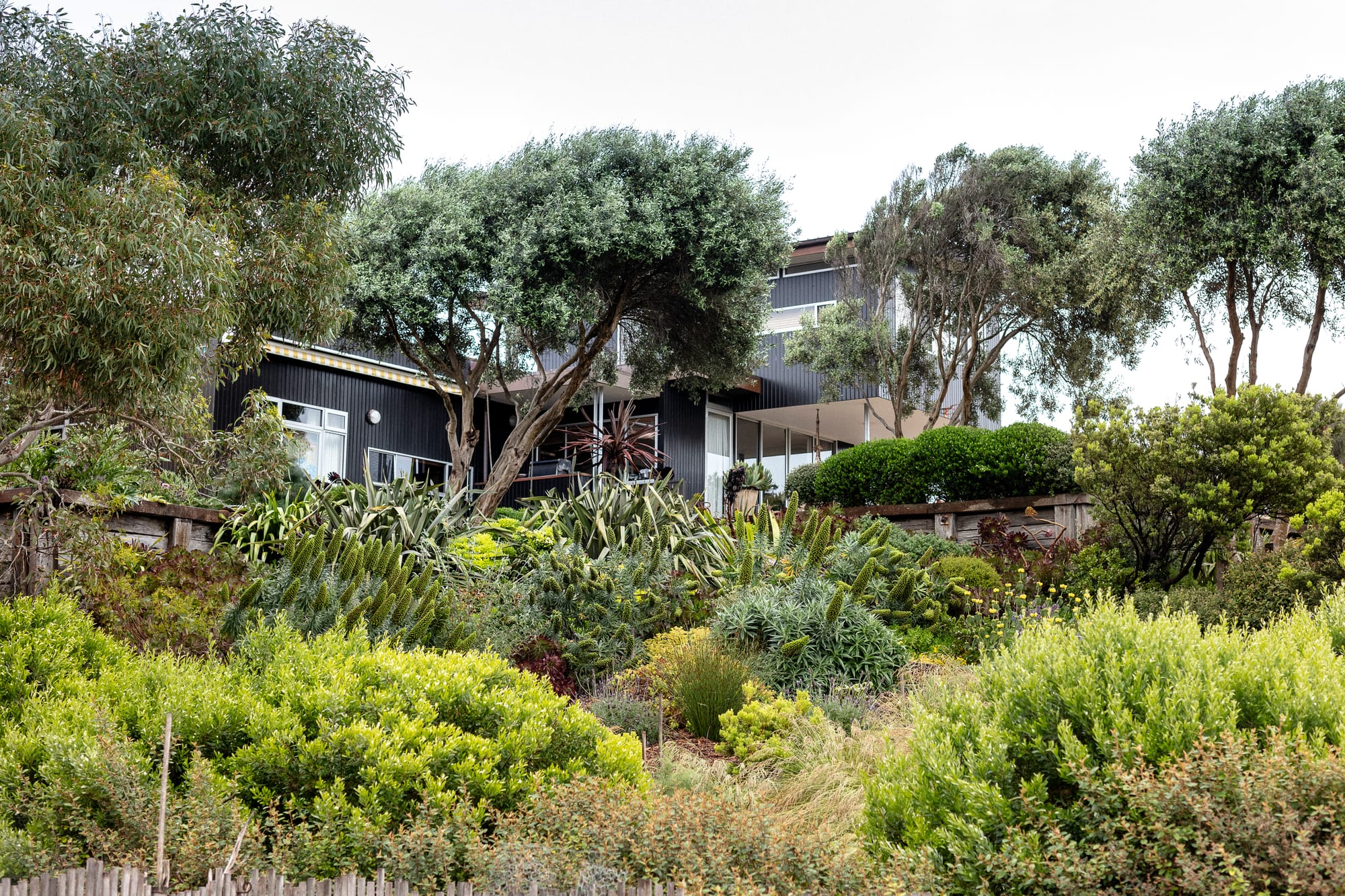

This is a fortnightly newsletter from Galah's editor Annabelle Hickson, made for our Galah paid subscribers. You keep the lights on. Thank you.
In the middle of a paddock on the top-house hill grows a cluster of enormous, spiky, sage green Agave americanas. I don't know how they got there. They could have been dropped from outer space. Or perhaps they time-travelled from the past, along with a stegosaurus, which is about to walk out from behind them.
As of yesterday, three of their babies are planted next to my house. It's almost shocking how brutal you can be with things that grow. I just ripped them out of the paddock and wedged them into the soil near the front door. They look like they haven't missed a beat.
The thrill of such an instant (and free) garden may well be replaced by the regret of planting something so collosal and spiky so close to the house. But that's a problem for Future Me.
For now, Present Me is marvelling at how it took me so long to twig that the agaves on the hill are the same as the Agave americanas that I've admired in four distinctive gardens we've published in Galah. The agave garden of my very own was sitting there all this time. All I had to do was notice it.
To celebrate this somewhat delayed epiphany, I'd like to start the Australian Gardeners who Admire Agave Americanas Appreciation Society, or AGAAAAS (or another better name if you can think of one, which surely you can. And we need merch, don't we?) with a round-up of the aforementioned four Australian agave-loving gardeners we published in Galah, and also links to the stories which I've brought out from behind the paywall for the next couple of weeks.
And if you need any baby agaves of your own to join AGAAAAAAAAAAS, please come around and I'll show you where you can pluck them from the paddock.
Annabelle


Mickey Robertson is the OG agave goddess. When I first saw the Agave americanas in a circle at the front of her sandstone house in Camden, I gasped. So sculptural and handsome. In the latest issue of Galah, we've published a story not about Mickey's agaves, but about her fascination with distilling. Read it here.

My next agave gasp came when I glimpsed this scene on The Stones' Instagram account. I got in touch with owners Jeremy and Grant, and then garden photographer Claire Takacs, who happened to be in the country. Before I could blink, we had published a 14-page story in Galah. I adore this garden so much.
It turns out Grant from The Stones is penpals with Mickey from Glenmore House and in September he'll travel up from Victoria to her property to talk about gardening. I am keeping a beady eye out for when tickets are on sale. Will let you know when I see any movement.

Dale Frank has serious vision. These are just a handful of the 7500 plants and trees, many of them cacti and other drought-tolerant species, that he's planted in the garden of his NSW Hunter Valley property. We published an extraordinary story about this extraordinary man in Galah issue 09, which starts off like this:
A horned yak, quite dead but in other respects the picture of health, greets the visitor to Dale Frank’s studio, home, private museum and botanical garden on a 50-acre property near Singleton. The yak, a fine example of the taxidermist’s art, stands in a niche at the entrance to a long gallery with glowing green walls.
Next in line is a framed tiger head and skin splayed out behind glass. “Extinct now,” proclaims the artist in a stagey tone, “but when the Dutch colonised Java they heard reports of village children taken by the Javanese tiger.” Directly beneath it, on a narrow serving table topped with scarlet-coloured porphyry marble, stands a stuffed aardvark with rabbity ears and chunky hooves. “If you pat him nicely, he’ll lick you with his 30-centimetre-long tongue,” says Frank. Quick with arcane facts, the 64-year-old artist seems to be enjoying the role of knowledgeable, occasionally cantankerous guide to his zoological necropolis.
I mean, just go and read the whole thing now. It's magnificent. Read it here.


SEA URCHINS ON AGAVE SPIKES. Fiona Brockhoff is a genius. To check out more of her genius, read the story we published about Fiona and her garden, Karkalla, on Victoria’s Mornington Peninsula in Galah issue 05.
"When I first bought the property, I spent a lot of time walking in the national park, observing what was growing, how plants grew differently in different parts of the park. I took a lot of that visual experience and observation into my garden when I started to think about what I was going to plant and what materials I was going to use.
"In the national park, there are plants that grow in a solitary manner, not necessarily crowded in with others. I wanted to bring the idea of that into the garden. You can see it in the rear courtyard and front terrace, which are both essentially gravel. Each plant has its own space to display its character."